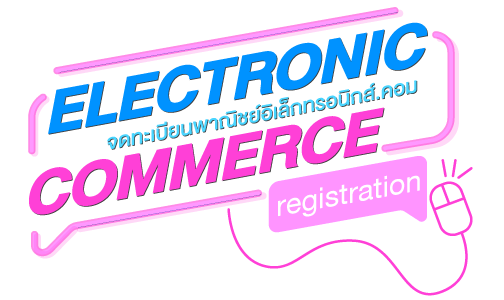.jpeg)
She holds a Bachelor of Science in Finance degree from Bridgewater State University and helps develop content strategies.
Direct labor cost
However, an indirect cost would be the electricity for the manufacturing plant. Although the electricity expense can be tied to the facility, it can’t be directly tied to a specific unit and is, therefore, classified as indirect. Cost objects can include goods, services, departments, or projects. Some of the most common types of direct costs include wages (tied to production), direct labor, and direct materials.
- All such information is provided solely for convenience purposes only and all users thereof should be guided accordingly.
- Standard costing uses standard costs rather than actual costs for cost of goods sold (COGS) and inventory.
- Marginal costing evaluates the impact on cost by adding one additional unit into production.
- While these items contribute to the company as a whole, they are not assigned to the creation of any one service.
- These costs are not directly related to producing a specific product or performing a service, so they are indirect costs.
The most important thing is to settle on a definition that works for your business, and then apply it consistently. Your income statements break down your business’s profits and losses during a period. When creating your income statement, you have different line items for income and expenses like revenue, cost of goods sold (COGS), and operating expenses. Some businesses have a wide variety of expenses to pay, while others only have a few expenses.
Get up and running with free payroll setup, and enjoy free expert support. Try our payroll software in a free, no-obligation 30-day trial. Read our article about managerial accounting and its importance for small businesses.
.jpeg)
ServiceNow Knowledge 2025
There are two major reasons why distinguishing between direct and indirect costs is important. The identification, measurement, and allocation of costs can help to determine the actual profit of the organization. Based on the relationship or degree of traceability to products, the costs are classified into direct costs and indirect costs. The bookkeeper works on a variety of tasks during the day, but tracks her time by client. The direct cost that can be attributed or traced directly to one client, would be the time spent by the bookkeeper on that client’s work.
Do you own a business?
Controllable costs are expenses managers have control over and have the power to increase or decrease. Controllable costs are considered when the decision of taking on the cost is made by one individual. Common examples of controllable costs are office supplies, advertising expenses, employee bonuses, and charitable donations.
Basing your product prices based on direct costs alone does have a downside. If you don’t include indirect costs, the price of your product might not be enough to cover all your business’s expenses. Direct costs are a cost that can be easily traced to a specific product or service while indirect costs cannot be easily traced. Smartphone hardware, for example, is a direct, variable cost because its production depends on the number of units ordered. A notable exception is direct labor costs, which usually remain constant throughout the year.
How to Keep Your Direct vs. Indirect Costs Straight
A direct cost is a price that can be directly tied to the production of specific goods or services. A direct cost can be traced to the cost object, which can be a service, product, or department. Direct and indirect costs are the two major types of expenses or costs that companies can incur. Direct costs are often variable costs, meaning they fluctuate with production levels such as inventory. However, some costs, such as indirect costs are more difficult to assign to a specific product.
Variable costs, on the other hand, often fall under the category of direct costs. An example of a indirect cost would be the salary of a what is direct cost division manager. To find direct expenses, list all those directly supporting manufacturing.
Knowing the difference between direct vs indirect costs helps in understanding the business’s cost structure and developing a competitive pricing strategy. You also need to know the difference between direct and indirect costs when filing your taxes. Examples of tax-deductible direct costs include repairs to your business equipment, such as your production line. Tax-deductible indirect costs may include rent payments, utilities and certain insurance costs. Consult your accountant or bookkeeper to see which costs qualify.


One thought on “Direct Costs vs Indirect Costs: What’s the Difference?”
https://t.me/s/beEFCASiNO_oFfIcIaLs